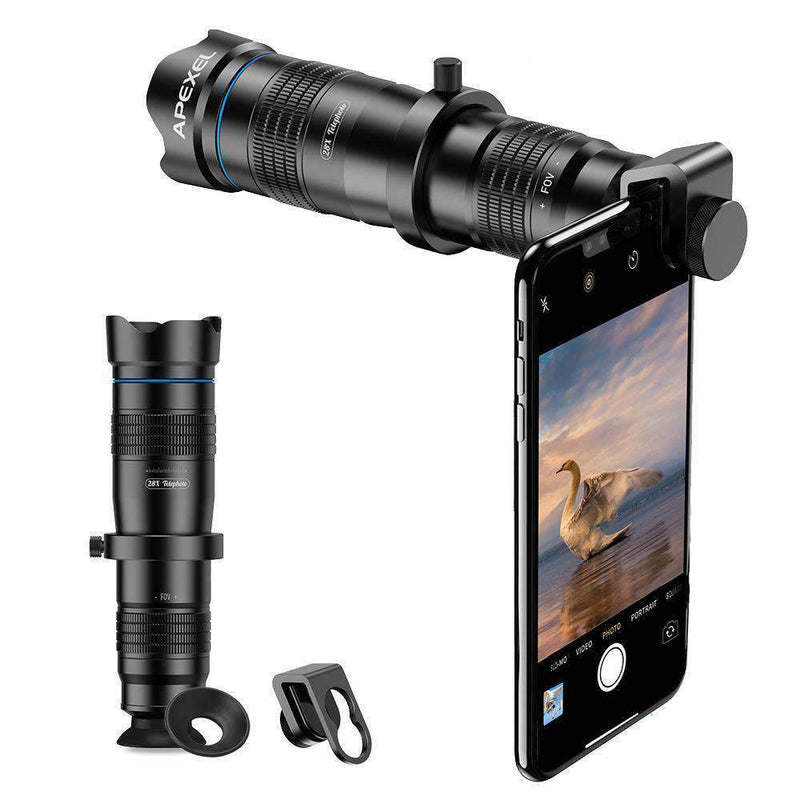
propose the first dense stereo‐based system for live interactive 3D reconstruction on mobile phones.
SMARTPHONE CAMERA LENS DISTORTION PC
Real‐time mobile phone performances and speeds faster than 100 fps on PC are achieved by the tracker and GPU acceleration is not required. By this method, 3D renderings are quickly obtained by hierarchical ray casting. adopt a local computation method related with signed distance transformation and its derivatives. Unlike other approaches, some approaches use global computation, whereas Prisacariu et al. Object‐wise 3D reconstruction is a cardinal problem in computer vision, with much work being dedicated to it throughout recent years. present two techniques for natural feature tracking in real‐time on mobile phones and use an approach based on heavily modified state‐of‐the‐art feature descriptors, namely scale invariant feature transform (SIFT) and Ferns. focus specifically on the sensing component, which uses the accelerometer, microphone, GSM radio and/or GPS sensors in these phones to detect potholes, bumps, braking and honking. present Nericell, a system that performs rich sensing by piggybacking on smartphones that users carry with them in normal course. To monitor road and traffic conditions in such a setting, Mohan et al. present experimental results from real urban driving data that demonstrate the usefulness of the system. The objective of the research is to improve traffic safety through collecting and distributing up‐to‐date road surface condition information using mobile phones. Analysing from the research activities, it is certain that this area will gain more importance in recent future. Smartphone sensors are gaining importance in this field, as they are cost effective and also increase scalability. present a detailed survey of methods for detecting road conditions. Another scientific study field is that using smartphone cameras together with the developing technologies has given the opportunity to achieve new study fields that have not been made before. Smartphone cameras used for acquiring image instead of conventional cameras have opened a new scientific study field. Cameras on mobile phones are as capable as compact cameras that we use in our daily lives.

The characteristics of Olloclip lens used in this study are presented in Ref. Additionally, these lenses are cost efficient compared to conventional fisheye lenses. Since fisheye lenses integrated with mobile phones are lightweight and easy to use, they are advantageous. Fisheye lenses that are compliant to mobile phones are one of these new equipments. Some of those lens kits are presented in Refs.

Other than these devices, there are tele, macro and fisheye lenses that can easily be integrated to the smartphones. Cameras and other integrated additional devices are found in almost every smartphone.

Nowadays, mobile phones are more than a device that can only satisfy the communication need between people. The use of smartphones with fisheye lenses will give the possibility of practical applications to ordinary users in the near future. Moreover, as verified in this study, the accuracy of fisheye lenses used in smartphones is better than conventional fisheye lenses. The dimensions of fisheye lenses used with smart phones are getting smaller and the prices are reducing. This experimental study shows that Olloclip 3 in one fisheye lens developed for mobile phones has at least the similar characteristics with classic fisheye lenses. For this, standard calibration of ‘Olloclip 3 in one’ fisheye lens used with iPhone 4S mobile phone and ‘Nikon FC‐E9’ fisheye lens used with Nikon Coolpix8700 are compared based on equidistant model. Fisheye lens equipment used with mobile phones was tested in this study. In addition to this advantage, it is experimented whether fisheye lens and mobile phone combination can be used in a photogrammetric way, and if so, what will be the result.


 0 kommentar(er)
0 kommentar(er)
